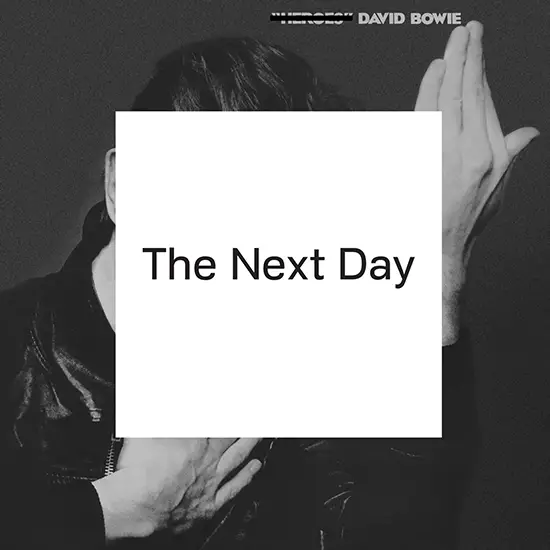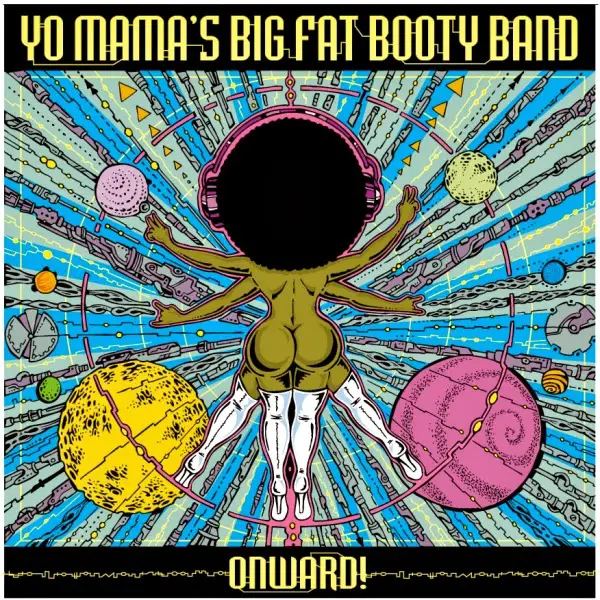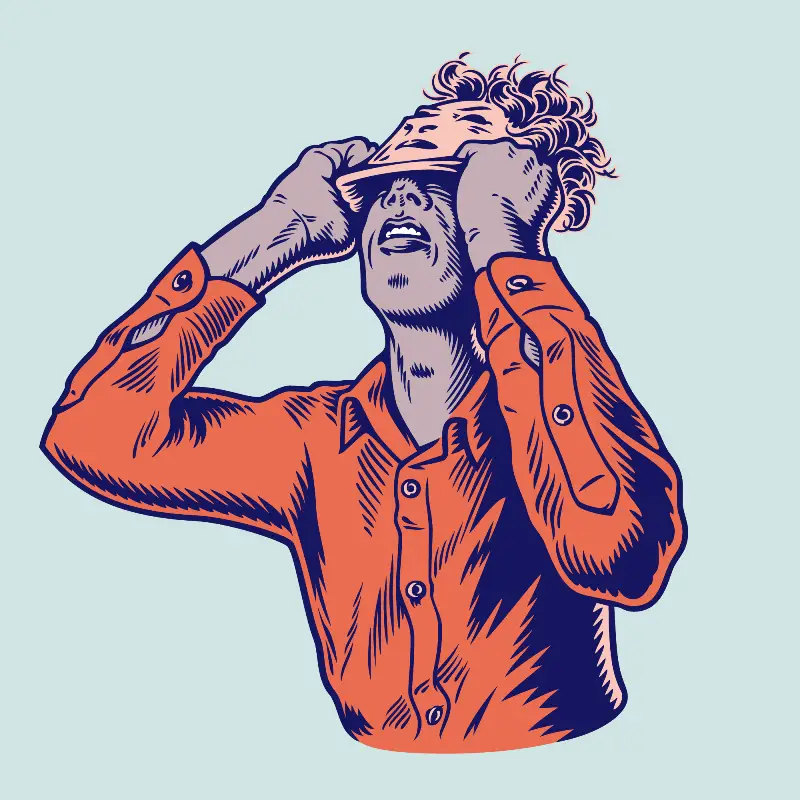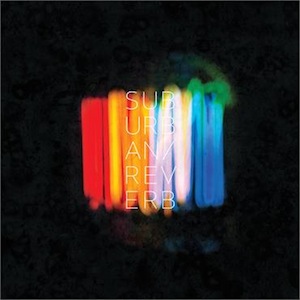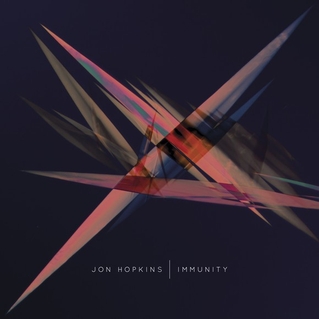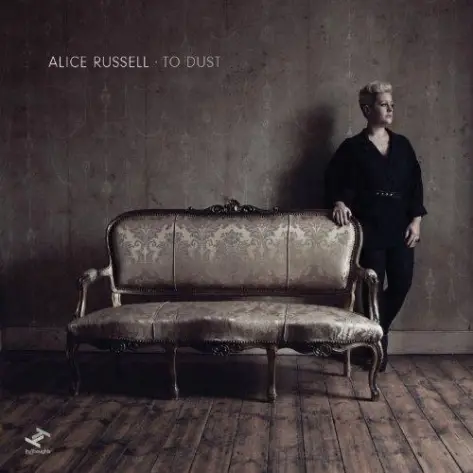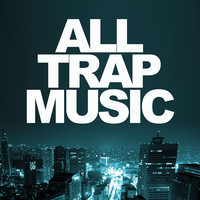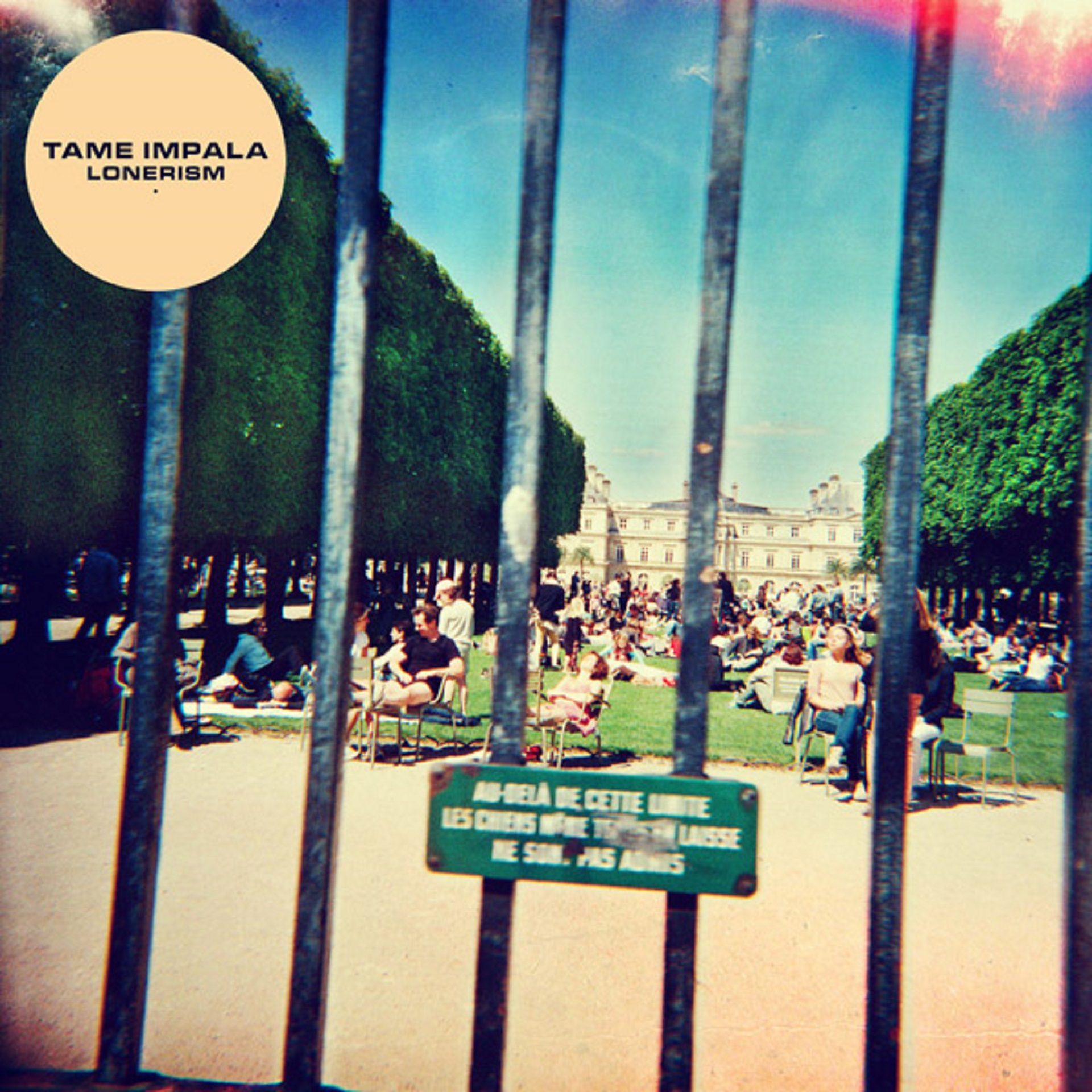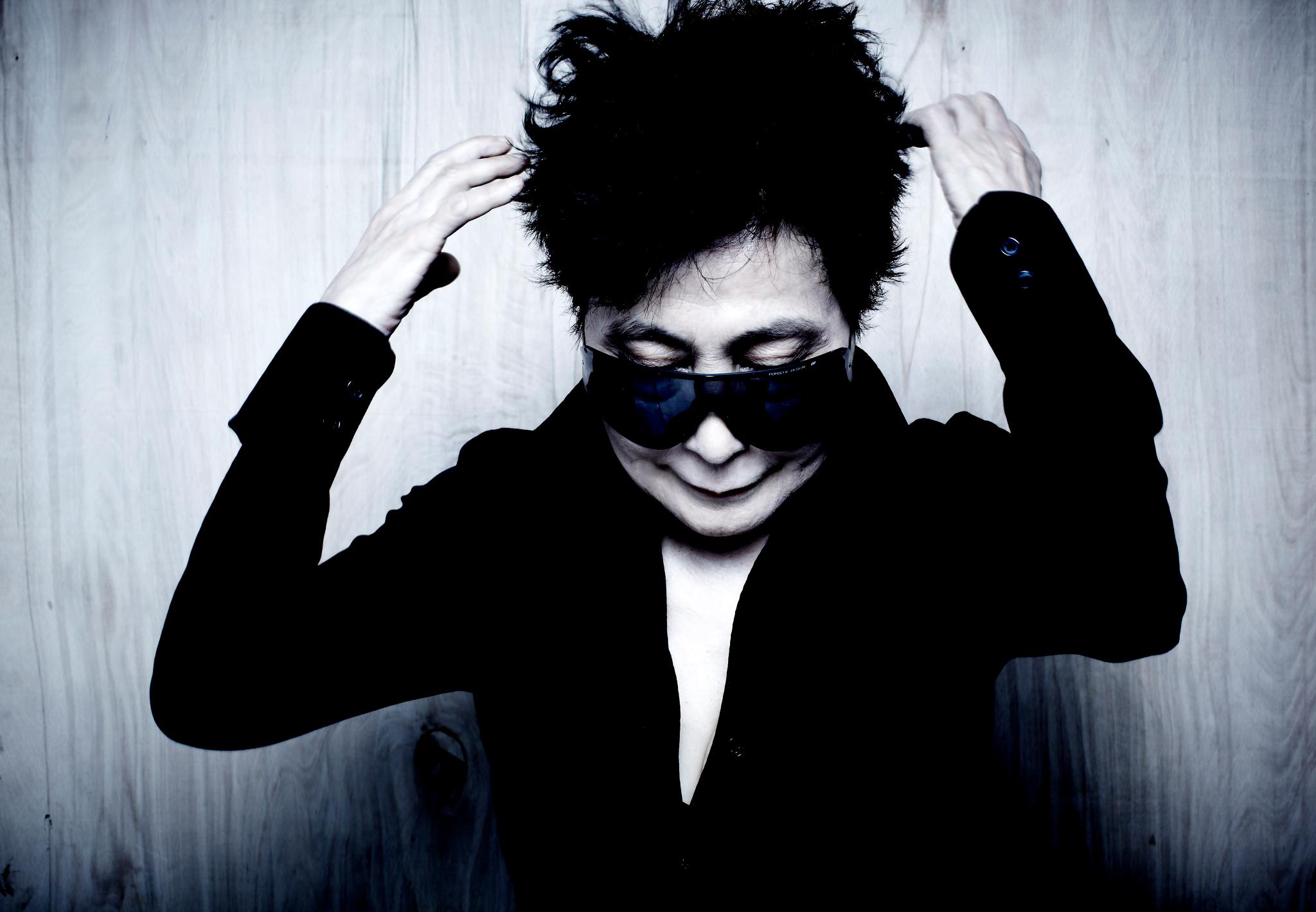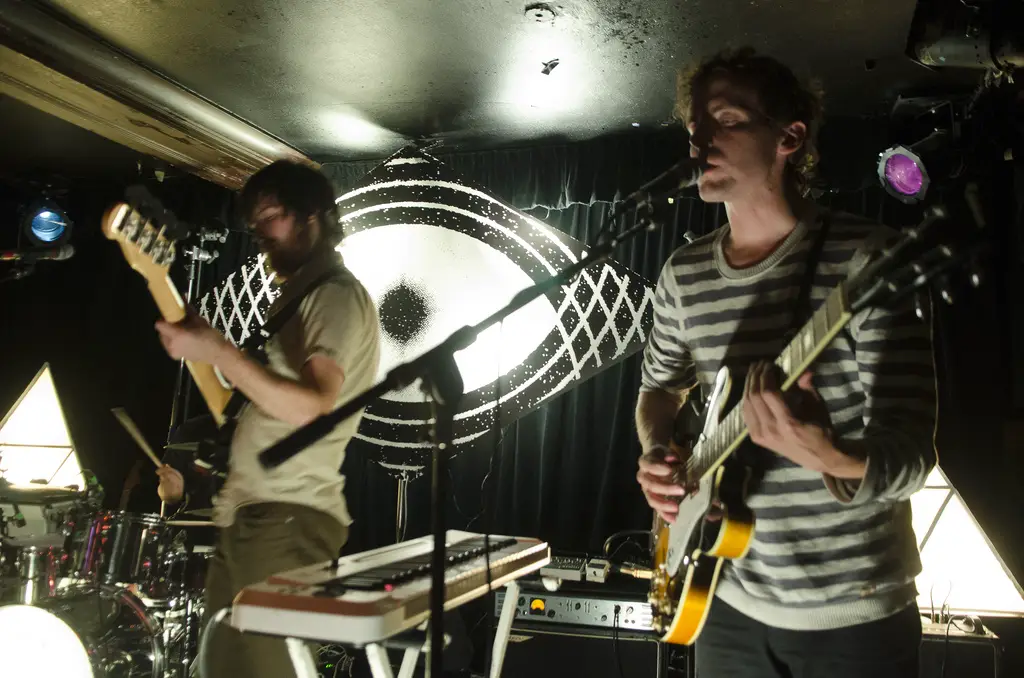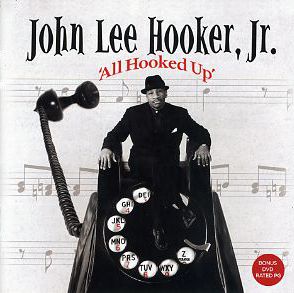David Bowie is back. Just reading that sentence elicits squeals of glee from fans young and old. He didn’t have to make any new music, really. Bowie’s legacy has been sealed ever since the 70s, and any new music is just icing on the cake. After 2003’s Reality and a terrifying stage collapse in 2004, it looked like Bowie was done with music, but then he came back when we least expected it. We didn’t need this, but we got it anyway. We are so lucky.On January 8, Bowie’s 66th birthday, he released the first teaser from The Next Day, entitled “Where Are We Now?” It’s an introspective track, documenting his time in Berlin by naming streets and places he’s been. In contrast to the hectic years that brought forth his much-praised “Berlin Trilogy,” “Where Are We Now?” is a ballad not ashamed of looking back. With Bowie’s lyrical chops, Berlin comes to life as a town of beautiful little moments, encapsulated in brief stanzas. It’s a gorgeous song, though it’s in no ways indicative of the album as a whole.Those hoping for the heavy-handed David Bowie album that looks at all the places he’s been will be left unsatisfied. The Next Day is Bowie making more music, neither looking back nor looking forward. It’s as if he never left.It’s rather difficult to compare David Bowie’s albums to each other. There is no “typical” Bowie album. They’re all experiments, some hitting hard, and others missing by a good amount. In the 70s, he invented several personas, each one replacing the last at a breakneck pace. Amazingly, they were all successful. The 70s saw an incredible string of releases, enough to make a career for ten artists. If he didn’t release another album after Lodger, we would have been satisfied. Yet he continues to this day. Unbelievable.So, the million-dollar question: is The Next Day good? This is surprisingly hard to say. It’s not bad, but defining “good” for Bowie is a difficult task. He’s one of the charmed few musicians in the world who could do anything and people would just respond saying, “that’s just Bowie being Bowie.” He isn’t classifiable. David Bowie is his own genre. But let’s review the album anyway.The title track is a rollicking romp, with a dynamic beat and scratchy guitar. It’s a real party-starter. The only problem is that it’s about a man sentenced to a slow and painful death by an angry mob. It’s fun, angry, and surprisingly dark; exactly what “Where Are We Now?” wasn’t letting on. “If You Can See Me” is boosted by a Gail Ann Dorsey guest spot, even though its faster-than-light beat would have been enough on its own. The song’s over sooner than you think, which definitely ups its replay value. On other tracks, Bowie waxes on the unfortunate lows of humankind, with “I’d Rather Be High” detailing a WWII veteran’s lament at a life tortured by PTSD. The cheery “Valentine’s Day” is actually referring to a school shooter’s thoughts as he tears through the buildings, not about a day of love. In fact, the whole tone of The Next Day is quite dark, and songs that are light on meaning sound uncomfortably out of place. The fluffy “Dancing Out in Space” feels as jarring as “Magic Dance” would have been on Hunky Dory.From first impressions, this album sounds like a grower. Many songs have thundering drums, loud-and-proud guitars, and a surprisingly emphatic Bowie not sounding his age, but there aren’t many hooks or melodies to grip onto. There isn’t something as catchy as “Modern Love” or as epic as “Starman.” The Next Day is more focused on rhythm and timbre. There are more syncopated beats and distorted guitars than indulgent solos or crooning. And as always, there are the lyrics, which are as enigmatic as ever. Many songs are up for interpretation; picking up a lyrics sheet and following along to the music wouldn’t be a bad idea.The Next Day is 14 tracks long. And even though it’s only 54 minutes, it can feel like a slog, but you can chalk that up to the tracks not sounding familiar enough yet. But it makes a review of the album as a whole difficult. Sure, the songs have potential, but do they do something new? No. There’s no new persona, no groundbreaking musical style, and no subject matter that others haven’t touched on before. For a man who spent decades experimenting with new genres, The Next Day is played rather straight.Still, it’s a new David Bowie album. What more do we want? A worldwide tour? Not gonna happen. A character who rivals Ziggy Stardust? Should we crush his sweet hands? No and no. The album both suffers and benefits from its previous legacy. The album art is a reprint of his iconic 1977 album “Heroes,” but with a stark white square put on the front. It’s a symbol of Bowie trying to both bring to light as well as obliterate his past. But there’s no way he can escape his past, given what he’s built up.If we take The Next Day as it is, it’s a good album, and absolutely worth a listen just to hear what Bowie has going on in his mind at the moment. Give it some time, and it may become one of your favorites for the year. Or it may be forgotten in a few months.





